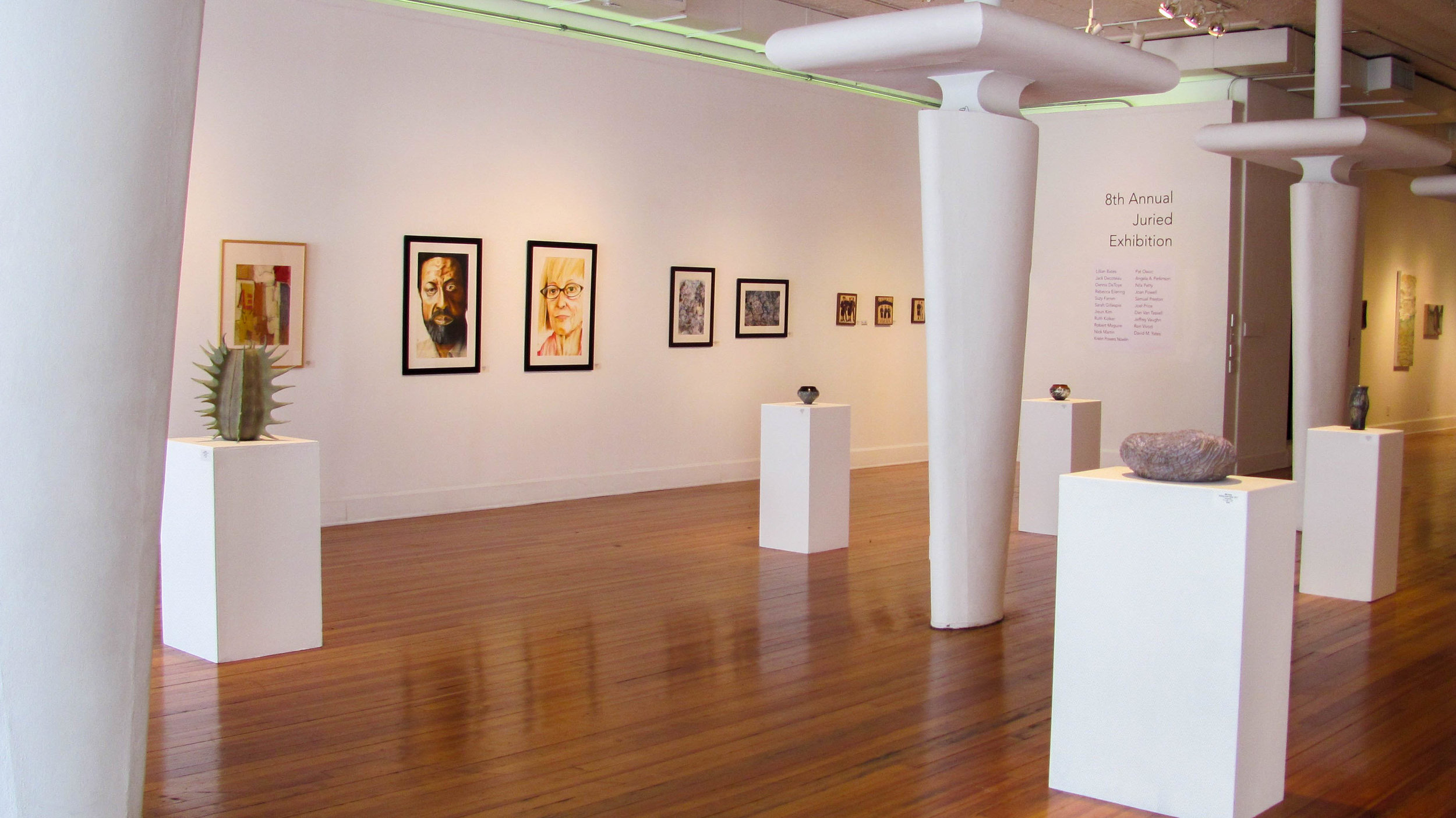Lewis & Clark Illinois State Historic Site
1 Lewis and Clark Trail
(Route 3 at Poag Road)
Hartford, Illinois
618-251-5811
The Cut-away Keelboat
On May 14, 1804, Captain Meriwether Lewis wrote, “The mouth of the River Dubois is to be considered the point of departure.”
Located at the confluence of the Mississippi and Missouri Rivers, just several miles south of the current mouth of the Wood River (River Dubois) is Camp River Dubois. This facility, operated by the Illinois Historic Preservation Agency, is designated as Site #1 on the Lewis and Clark National Historic Trail and features the Lewis and Clark Interpretive Center, a replica of the 1803-04 winter encampment, and the Lewis and Clark Monument. The Interpretive Center (photo left,) officially opened in December of 2002 and is one of six major historical Lewis & Clark sites in southwestern Illinois. This 15,000 square foot brick and cedar building tells the story of how the Corps of Discovery assembled equipment, supplies and men at Camp River Dubois.
There are five public areas that make up the Interpretive Center including four galleries, a theater, and the gift shop. When you enter the Center you are in the first area, “Across the Continent.” A globe (photo right) sits in the middle of this area and helps to illustrate the importance of waterways and how they were the principal highways of the past. This area sets the tone of the Center in how in 1803-04, Camp River Dubois was at the edge of what was known and relates to the visitor what President Thomas Jefferson wanted the expedition to accomplish.
“Visions for the Expedition,” explains to the visitor what the Expedition thought they would encounter and what preparations would be necessary to get started. At the Convergence Theater an original 15 minute, high definition film, “At Journey’s Edge.” is shown every 20 minutes. This film highlights camp life, the refitting of the Keelboat, and the purpose of the journey.
“Bound for the West – Experience the Illinois of Lewis and Clark,” features the centerpiece of the Interpretive Center – the “Cutaway Keelboat.” This 55 foot long replica of the keelboat (top left photo) Lewis had built in Elizabethtown, Ohio has been cut in half revealing how it was filled with “Tools of every Description &c &c.” Other exhibits in this area explore camp life, how and why the Expedition recruited its men, the preparations that were made at Camp River Dubois and details of the supplies that were taken along. Continuing on the visitor enters the “Rediscovering the Corps” area, which focuses on what happened to the members of the Corps after the expedition, and how their journey helped to open up the region they explored to American civilization.
The replica winter encampment
An outdoor reconstruction of Camp River Dubois (photo above) has been erected and is staffed on special events by the “Dubois Detachment,” a volunteer organization of men and women interested in portraying and preserving the history of the expedition's experience in the Illinois Country. These dedicated volunteers take pride in researching and presenting the various aspects of Lewis and Clark’s stay in the Illinois Country and are ready to answer any questions visitors may have. The volunteers act as guides to the fort where visitors can view the sleeping quarters of the men and the main building that served as guardhouse, storehouse, and the Captain's quarters. Different activities and perspectives can be seen depending on the persona of the volunteer on duty.
The impetus behind this site is the Lewis and Clark Society of America, Inc., which was formed in 1957 to educate the public on the importance of the expedition, with emphasis on the role Camp River Dubois played. In 1981, the Illinois Historic Preservation Society funded a monument dedicated to the point of departure of Corps of Discovery. In 1997, federal and state funds were secured to construct a museum equal to the museums commemorating the winter encampments of the Corps at Fort Clapsop, Oregon and Fort Mandan, North Dakota to emphasize the much neglected role the Illinois Country played in supporting the expedition. The Society operates the Store of Discovery (photo right) in the museum and provides volunteer hosts, guides, and interpreters that assist the Illinois Historic Preservation Agency in the operation of the site. If you are interested in preserving the history of the Lewis and Clark Expedition and would like to join the Society or volunteer please call 618-251-5811.
Visit our special Lewis and Clark Section to learn more about the Corps of Discovery’s experience during their stay in the Middle Mississippi River Valley. greatriverroad.com’s special coverage includes information on all of the region’s sites and events as well as supplemental articles relating to the expedition’s experience during the winter of 1803-04.
Visiting Camp River DuBois
Visiting Hours
Memorial Day through Labor Day
Open Daily: 9 am to 5 pm
Labor Day through Memorial Day
Wednesday - Sunday: 9 am to 5 pm
Closed on Major Holidays
There is no charge to visit Camp River DuBois although donations are appreciated.
www.campdubois.com
The official website of the Illinois Lewis & Clark State Historic Site. This web site has a wealth of information including detailed descriptions of all the exhibits in the site.
Explore the communities of Hartford, Wood River, Alton, and Edwardsville areas.
















